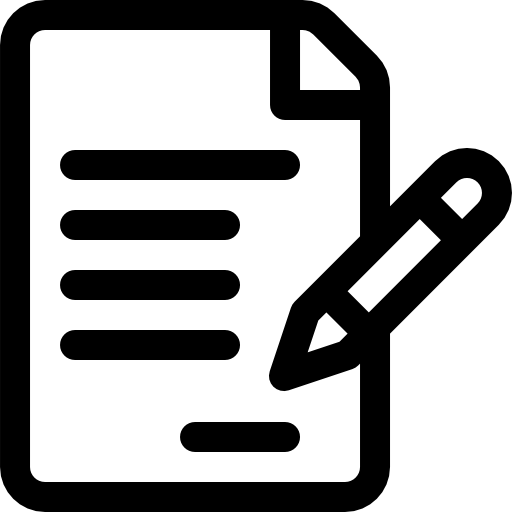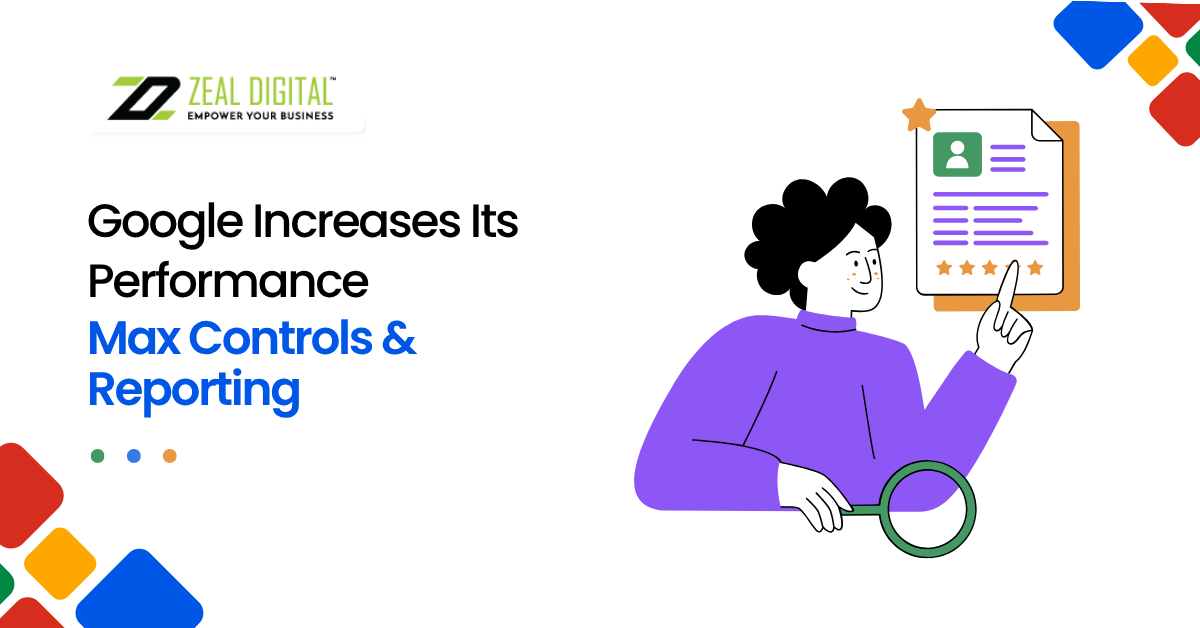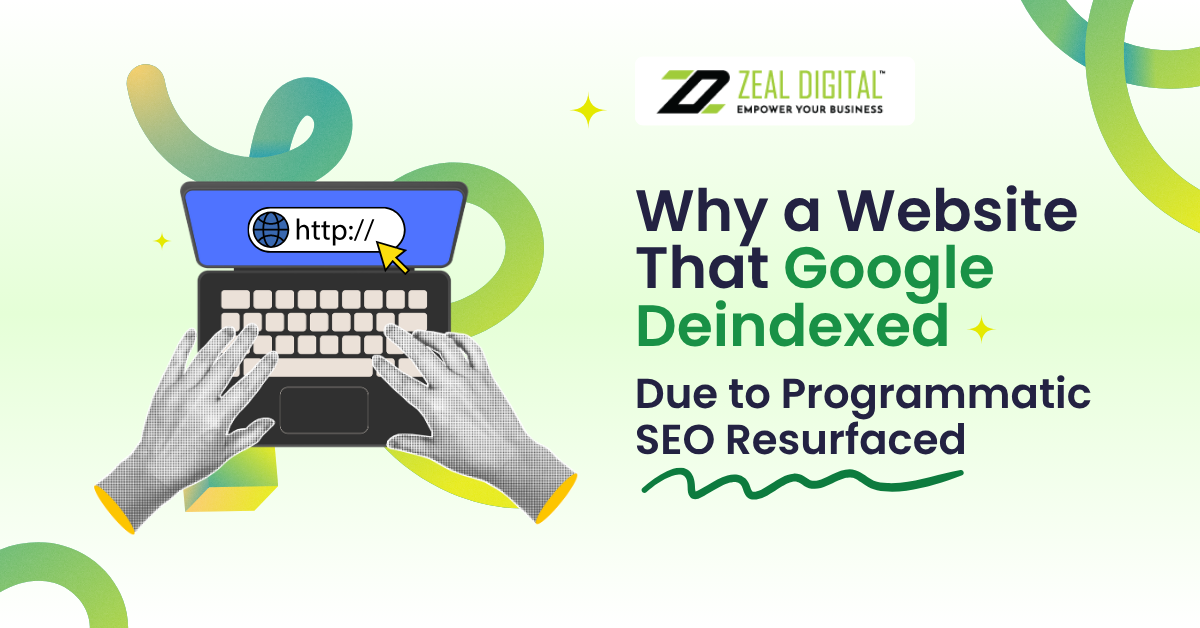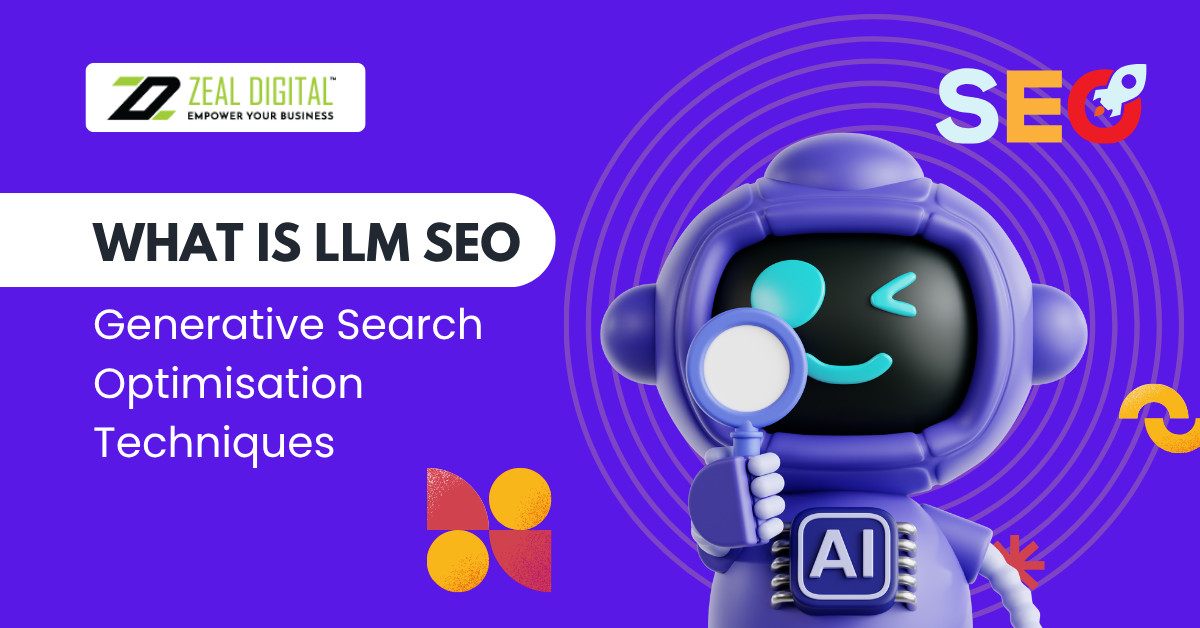In the fast-moving world of digital advertising, few innovations have sparked as much debate as Google’s Performance Max (PMax) campaigns. When first introduced, PMax was billed as an “all-in-one” campaign type uniting Search, Display, YouTube, Shopping, and Discover placements under one roof powered by automation and artificial intelligence.
While this approach promised simplicity and scale, many advertisers quickly voiced concerns about the lack of transparency and manual control. PMax, for all its automation, often felt like a black box one that delivered results but revealed little about how those results were achieved.
That’s why Google’s announcement is so important. Performance Max additions provide advertisers with new options for controls and reporting. This change gives advertisers more control, insight, and trust. It is a new way of Google offering automation and pushing the envelope on over-sight. This is important for every digital marketer to know.
A New Era for Performance Max
The updates to Performance Max fall broadly under three pillars:
- Expanded audience and campaign controls
- Improved customer acquisition reporting and diagnostics
- Deeper creative insights and asset-level visibility
These changes may sound technical, but their impact is substantial. Let’s unpack them one by one.
- Expanded Audience & Campaign Controls
For years, advertisers have asked Google for more levers to fine-tune where their PMax ads appear and who sees them. The new update finally delivers on several key points:
Campaign-Level Negative Keywords
Previously, advertisers had to request negative keyword exclusions through Google representatives or use account-wide lists, an awkward process that offered little flexibility. Now, you can create and apply campaign-level negative keyword lists directly.
This means if your brand wants to avoid showing terms like “cheap,” “free,” or “jobs,” you can easily exclude them across all your PMax campaigns. It’s a big win for brand safety and traffic quality.
Search Themes Expansion
Google has increased the number of search themes (signals that indicate the types of searches your campaign should focus on) from 25 to 50 per asset group. This allows advertisers to provide richer intent signals to the algorithm, improving relevance and targeting precision.
Device and Demographic Targeting
For the first time, PMax includes device-level controls. You can prioritise desktop, mobile, or tablet placements depending on your audience’s behaviour. Additionally, age and gender targeting options are being rolled out, allowing more demographic-specific bidding and messaging.
Together, these updates provide advertisers with a long-awaited middle ground between full automation and tactical control.
2. Improved Customer Acquisition Reporting & Diagnostics
One of the biggest frustrations with PMax campaigns was ambiguity particularly when it came to customer data. Many advertisers struggled to determine whether their conversions were coming from new customers or returning ones.
Google’s new update directly addresses this pain point.
Better Customer Classification
The platform now provides clearer labelling in conversion reports, significantly reducing the number of “unknown” customer types. Marketers can finally distinguish between new customer conversions and repeat purchases, making it easier to calculate true customer acquisition costs and lifetime value.
Enhanced Diagnostics
In addition, new diagnostic tools surface potential tracking and setup issues. Broken tags, misconfigured conversion goals, or unlinked accounts are flagged proactively with clear recommendations for fixing them.
This level of clarity helps marketers quickly identify and resolve inefficiencies saving time, improving data quality, and ensuring that the insights drawn from PMax campaigns are accurate and actionable.
3. More Granular Creative Reporting & Asset Recommendations
Another area that has long puzzled advertisers is creative performance. With PMax running across so many different channels, it’s often unclear which assets headlines, images, or videos are responsible for success.
Google’s new creative reporting suite changes that.
Asset-Level Insights
Advertisers can analyse performance metrics for assets generated automatically by Google using Final URL Expansion. Advertisers have the option to review and remove any off-brand or under-performing assets.
This is vital for brands that operate within strict creative guidelines, as they tend to have a distinctive voice and aesthetic that must be maintained across diverse channels.
AI-Powered Recommendations
Google goes a step further by providing AI-driven creative suggestions. Advertisers are encouraged to fill identified gaps with images, to experiment with new ad formats, or to upgrade visuals for more engagement.
An integrated AI photo editor allows marketers to make quick edits while staying in Google Ads.
Automation’s magic is cloaked in a veil of transparency and speed during the creative development phase. Automation alongside human ingenuity is the ideal blend.
Why These Updates Matter
At first glance, these updates might look like incremental improvements. But in reality, they represent a philosophical shift in how Google approaches advertising automation.
Restoring Confidence in Automation
Automation is only as strong as the trust advertisers place in it. When PMax first launched, many marketers were hesitant to relinquish control. By introducing clearer reporting, deeper insights, and manual controls, Google is restoring confidence in its AI systems.
Advertisers can now rely on automation for efficiency without feeling blindfolded in the process.
Greater Strategic Flexibility
With demographic targeting, negative keyword management, and enhanced creative oversight, brands can now fine-tune their strategies. They can shape automation to serve specific goals, rather than letting it operate in a vacuum.
More Meaningful Measurement
Accurate customer classification and diagnostic insights lead to stronger attribution models and data-driven decision-making. Knowing exactly where conversions are coming from allows marketers to optimise budgets with precision.
Brand Safety & Compliance
Creative transparency helps ensure ads align with company values, tone, and guidelines. This is especially important for industries that must adhere to regulatory or brand compliance standards.
How to Optimise for the New PMax
Now that advertisers have more levers to pull, how should they adapt? Here’s a step-by-step approach.
Step 1: Audit Your Current Campaigns
First, you should have a look at your current PMax setup. Consider how you may have overly depended on automation, like with broad targeting and generic search themes. It is also a good idea to identify which channels (Search, Display, YouTube, etc.) are most responsible for your conversions.
This will give you a baseline before you begin applying the newer controls.
Step 2: Create Negative Keyword Lists
When building centralised negative keyword lists for brand positioning, include irrelevant search terms that may hinder efficiency. This helps improve brand perception.
Apply negative keyword lists to all your PMax campaigns to maintain consistency and streamline campaign upkeep.
Step 3: Leverage Demographic and Device Targeting
Study your analytics to locate demographics and devices that yield high conversions. For instance, it could be that your mobile ads drive awareness, but desktop ads are the ones that convert. Adjust your bids and exclusions appropriately.
This enables you to optimise your budget to enhance the impact of your spend.
Step 4: Refine Search Themes
The new limit of 50 themes per asset group gives you added flexibility. Incorporate nuanced customer intent themes like the benefits of a product, lifestyle, and seasonality.
The richer the input signals, the more Google’s automation will learn to optimise results.
Step 5: Review and Manage Assets
Utilise the creative reporting dashboard to understand top performing headlines, images, and videos. Regularly remove off-brand or low quality assets, and remove or fuse different creatives to continually test.
AI powered recommendations provide helpful insights; however, the brand voice and message must take precedence.
Step 6: Use Diagnostics Proactively
The diagnostics tab should be checked frequently to understand issues and alerts regarding ad disapprovals, conversion tracking, or policies. They do more than just show you what is wrong; they also provide actionable ways to fix the problem so that you can manage your campaigns without guesswork.
Step 7: Revisit Your Attribution Models
Reporting on new customer acquisitions has improved so revisiting your attribution model is expected. Consider that the PMax channel may be driving more top funnel awareness than your last click conversion suggests. So, adjust your measurement strategy to account for this if using multi touch attribution.
The Broader Implications
Beyond individual campaign performance, these changes signal how Google views the future of advertising.
AI + Human Partnership
The future of digital marketing isn’t fully automated, it’s AI-assisted. These updates acknowledge that human oversight remains essential. Marketers provide the strategy, creative vision, and ethical framework; AI provides the scale and efficiency.
Smarter Budget Allocation
Enhanced reporting allows for smarter investment decisions. With clearer visibility into which assets, audiences, and channels perform best, advertisers can move beyond gut instinct toward data-backed optimisation.
Evolving Role of Agencies
For marketing agencies, this is an opportunity to prove their value not just in campaign management but in strategy and interpretation. Automation handles execution; agencies bring insight and creativity.
Performance Max’s transparency means agencies can now have more meaningful conversations with clients backed by hard data rather than assumptions.
Better Brand Experience
Ultimately, these changes benefit end users too. With more refined targeting and higher-quality creative control, ads become more relevant, less intrusive, and better aligned with user intent.
Common Mistakes to Avoid
While these new tools are powerful, they can be misused. Avoid these common pitfalls:
- Over-editing too soon – Allow campaigns time to learn before making frequent changes. Too much tinkering can reset learning phases.
- Neglecting creative diversity – Even with better controls, PMax thrives on variation. Feed it multiple high-quality assets to maximise learning.
- Ignoring brand exclusions – Always review your placements and search themes to ensure your brand isn’t showing where it shouldn’t.
- Assuming PMax is fully manual now – Remember, automation is still the foundation. These controls enhance it, not replace it.
- Failing to monitor cross-channel overlap – PMax can sometimes cannibalise traffic from other campaigns if not structured properly. Maintain visibility across your full Google Ads account.
The Future of Performance Max
Google’s latest updates reflect a maturing product. Early versions of PMax were designed to prove the power of automation. Now, as advertisers demand accountability, Google is refining PMax into a more balanced, transparent system.
We can expect future updates to build on this direction, introducing even more granular controls, cross-channel insights, and integration with AI tools like Gemini.
This evolution highlights a larger truth: automation works best when guided by human intelligence. Marketers who embrace both will be the ones to thrive in the next era of digital advertising.
Key Takeaways
- Google has introduced more features and visibility regarding Performance Max alongside improvements.
- Advertisers can now use campaign-level negative keywords, demographic and device targeting, and expanded search themes.
- Improvements in reporting have been made, especially concerning customer acquisition and creative performance.
- AI-assisted suggestions are available for the optimisation of images, headlines, and other advertisement components.
- Diagnostic tools enhance campaign health and troubleshooting.
These developments indicate more cooperation between advertisers and automation.
Conclusion
Performance Max has transitioned from a fully-concealed, fully-automated experiment to a hybrid campaign machine, adjusting the balance of machine learning and human control.
Advertisers can design automation rather than depend on it. Insights that clients provide will combine with focused targeting, and creative control will allow marketers to rectify performance, build brand, and deliver sustained profitable growth.
With artificial intelligence redefining the digital ecosystem, campaigns’ ability to combine human strategy with automation will lead the pack. The first to adapt will have the best lead in efficiencies, scale, and intelligence.
Working with a specialist Google Ads agency in Sydney can help businesses utilise these new features properly. They can offer the expertise and tactics necessary for fully optimizing Performance Max.
FAQs:
2. Why has Google updated Performance Max controls and reporting?
Google introduced new controls and reporting to address advertiser concerns about transparency and control. The updates give marketers greater visibility into campaign performance, access to demographic and device targeting, negative keywords, and improved creative insights. This balances automation with manual oversight.
3. What are campaign-level negative keywords in PMax?
Campaign-level negative keywords let advertisers exclude certain search terms from triggering their ads directly within Performance Max. This helps prevent irrelevant or brand-damaging traffic, ensuring ads only show for searches aligned with the campaign’s intent.
4. How does the new customer acquisition reporting help marketers?
The improved reporting now distinguishes between new and returning customers more accurately, reducing “unknown” classifications. This helps marketers calculate true customer acquisition costs, assess campaign profitability, and better allocate budgets to reach new audiences.
5. Can advertisers now control where their PMax ads appear?
Yes, to an extent. Google’s updates allow advertisers to use device and demographic targeting, apply negative keywords, and add more search themes. While it’s still not fully manual like traditional Search campaigns, these tools offer much more control than before.
6. How do the new creative reporting tools benefit advertisers?
The enhanced creative reporting and asset-level insights allow advertisers to see which images, headlines, or videos are performing best. You can review auto-generated assets, remove underperforming ones, and use AI-powered recommendations to improve creative quality, leading to better engagement and conversions.
7. What’s the best way to optimise Performance Max after these updates?
Start by auditing your campaigns, adding negative keywords, refining search themes, and using the diagnostic tools to fix issues. Regularly review creative performance and leverage demographic insights to fine-tune targeting. For maximum results, pair automation with a human strategy, ideally with support from a professional Google Ads agency in Sydney like Zeal Digital.





